There is no need to suffer through summer heat when inexpensive, energy-efficient air conditioners are widely available. Since October 26, 2015, all ENERGY STAR rated room air conditioners have been required to meet a new standard, ENERGY STAR 4.0, that sets maximum power use at 10% less than older models following the 2014 guidelines. And, when used to provide cooling only where they're needed, room air conditioners are less expensive to operate than central units. This guide will help you find the model that is right for you.
Energy efficiency of room air conditioners
A room air conditioner's efficiency is measured by the energy efficiency ratio (EER). The EER is the ratio of the cooling capacity (in British thermal units [Btu] per hour) to the power input (in watts). The higher the EER rating, the more efficient the air conditioner. Each increase of 1.0 on the EER scale represents a 10% increase in energy efficiency.
When buying a new room air conditioner, information about the EER can be found on the EnergyGuide label for the unit. Look for an EER of at least 12 and the ENERGY STAR label. Earning the ENERGY STAR means a product meets strict energy efficiency guidelines set by the U.S. Environmental Protection Agency and the U.S. Department of Energy.
- ENERGY STAR 4.0 qualified room air conditioners use at least 10% less energy than conventional models. You can find a complete list here: https://www.energystar.gov/productfinder/product/certified-room-air-conditioners/
- ENERGY STAR 4.0 qualified room air conditioners often include timers for better temperature control, allowing you to use the minimum amount of energy you need to cool your room.
Properly Sizing a Room Air Conditioner
The required cooling capacity for a room air conditioner depends on the size of the room being cooled. Room air conditioners generally have cooling capacities that range from 5,500 Btu per hour to 14,000 Btu per hour.
Many people buy an air conditioner that is too large, thinking it will provide better cooling. However, an oversized air conditioner is actually less effective — and wastes energy at the same time. Air conditioners remove both heat and humidity from the air. If the unit is too large, it will cool the room quickly, but only remove some of the humidity. This leaves the room with a damp, clammy feeling. A properly sized unit will remove humidity effectively as it cools.To figure out which size unit is best for your cooling needs, see the Air Conditioner Cooling Needs Calculator below.
Other factors to consider when buying
Verify that your home's electrical system can meet the unit's power requirements. Room units operate on 115-volt or 230-volt circuits. The standard household receptacle is a connection for a 115-volt branch circuit. Large room units rated at 115 volts may require a dedicated circuit and room units rated at 230 volts may require a special circuit. If you are mounting your air conditioner near the corner of a room, look for a unit that can direct its airflow in the desired direction for your room layout. If you need to mount the air conditioner at the narrow end of a long room, look for models that have a “turbo” fan mode that can drive air further into the room. Other features to look for:
- A filter that slides out easily for regular cleaning
- Logically arranged controls
- A digital readout for the thermostat setting, and
- A built-in timer.
Do you need a smart air conditioner?
For those that keep to a regular schedule and don't have smart home devices installed in their home, a timer will help save money (about $100 on the air conditioner itself and your energy bill) and save you from coming home to a hot, stuffy home. For many, though, the ability to control a room air conditioner from anywhere can be a huge help and cost savings, especially if you don't stick to a schedule. And, you can connect them to other smart home devices so they fit seamlessly into your daily routine.
Our Picks
Small rooms (up to 150 square feet)
The Frigidaire FFRE0533U1 ($309.00 on Frigidaire, check price on Amazon), rated at 5,000BTU, gets high marks for its cooling and dehumidification capabilities of up to 1.1 pints per hour. The unit, which has an EER of 12.2, two cooling and three fan speeds, a 24-hour programmable timer, built-in thermostat with digital temperature readout, remote control and a four-way adjustable vent to direct air flow.
Medium rooms (up to 350 square feet)
The LG LW8016ER ($279.99 on LG, check price on Amazon) delivers 8,000 BTUs, enough to cool a room up to 350 square feet, with an EER of 12.1. The unit has 3 fan speeds, three cooling speeds, and 2-way slanted louvers that direct airflow in an upward, circular motion for even cooling. You can create a custom 24-hour schedule or use the dedicated remote control. And, it has a built-in dehumidifier that can remove up to 2.2 pints per hour.
Installing and operating your room air conditioner
A little planning before installing your air conditioner will save you money and energy. The unit should be level when installed so that the inside drainage system and other mechanisms operate efficiently. If possible, install the unit in a shaded spot on your home's north or east side. Direct sunshine on the unit's outdoor heat exchanger decreases efficiency by as much as 10%. You can plant trees and shrubs to shade the air conditioner, but do not block the airflow.
Don't place lamps or televisions near your air-conditioner's thermostat. The thermostat senses heat from these appliances, which can cause the air conditioner to run longer than necessary.
Set your air conditioner's thermostat as high as is comfortably possible in the summer. The less difference between the indoor and outdoor temperatures, the lower your overall cooling bill will be. Don't set your thermostat at a colder setting than normal when you turn on your air conditioner; it will not cool your home any faster and could result in excessive cooling and unnecessary expense.
Set the fan speed on high, except on very humid days. When humidity is high, set the fan speed on low for more comfort. The low speed on humid days will cool your home better and will remove more moisture from the air because of slower air movement through the cooling equipment.
Also, consider using an interior fan in conjunction with your window air conditioner to spread the cooled air more effectively through your home without greatly increasing electricity use. We like the Haiku Home L Series 52-inch Indoor/Outdoor fan ($688.00 on Big Ass Fans, check price on Amazon), which provides coverage for indoor or outdoor space of up to 15 by 15 feet. It has a built-in LED light (40-watt equivalent) with 16 brightness settings. And, with the optional Haiku WiFi module ($50 on Big Ass Fans, WiFi included in models on Amazon), you can use your smartphone, Alexa or Google Assistant.
And, if you can't install a room air conditioner in your window, consider a portable unit. You can check our picks for portable air conditioners.
Updated with new picks 6/4/2019
[Image credit: Window air conditioner via BigStockPhoto, Frigidaire, LG]

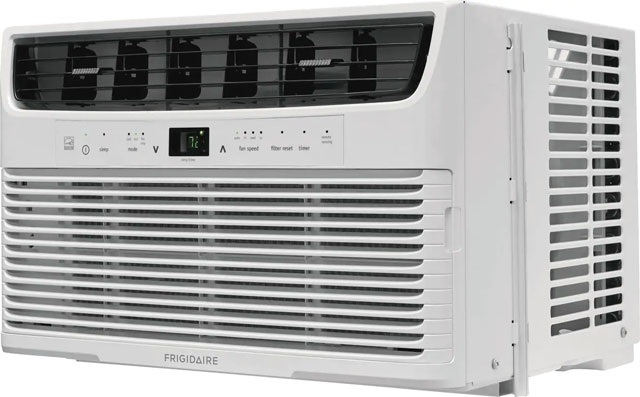
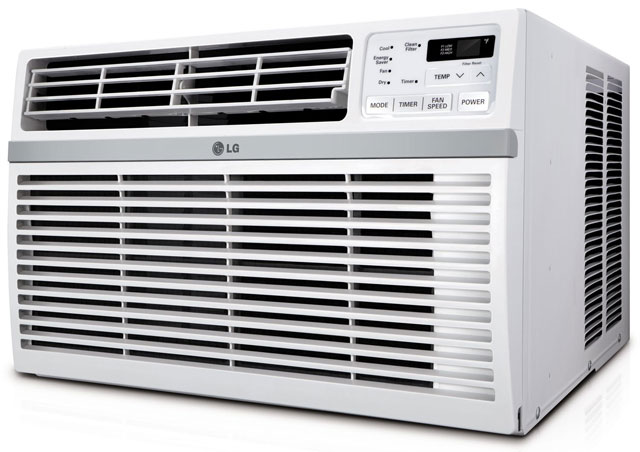








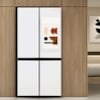


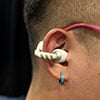

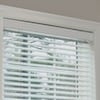


From Kevin G. on June 10, 2014 :: 1:43 pm
We have a 6’d x 8’w x 7’h (interior dimensions) dog house for our great dane and other large dog. The dogs are kept outside during the day and we allow them in our house when we are home from work.
We insulated the dog house for the winter and added a space heater. This works well as they are both short haired dogs.
Our question is what is recommended to keep them cool in the summer. It’s already in the nineties here. We were considering an A/C unit but that may be overkill given the size of the room.
Reply
From Josh Kirschner on June 11, 2014 :: 7:21 am
There are AC units made specifically for outdoor applications like a shed or doghouse. We covered one of the models in our story on Summertime Tech for Your Pet. You can learn more here: https://www.techlicious.com/guide/great-summertime-tech-for-your-dog/
Reply